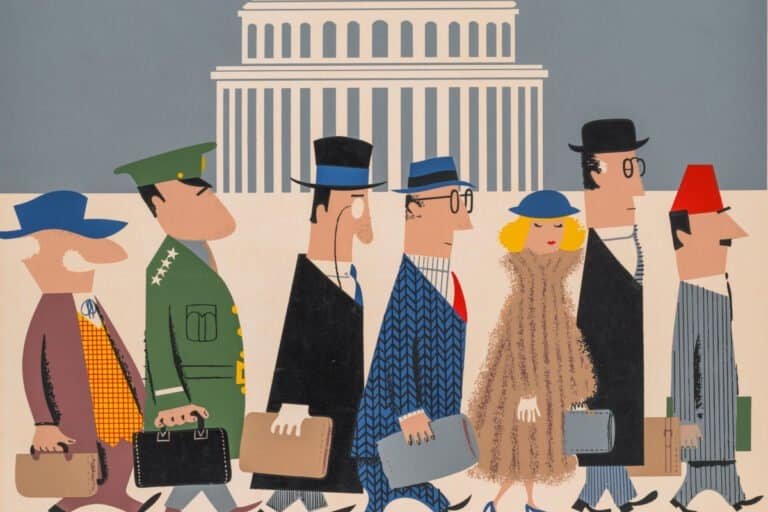How Can Technology Be a Barrier to Communication?
Like a double-edged sword, technology can both connect and divide us. While it has revolutionized communication, allowing us to reach people across the globe in an instant, it also presents various barriers that hinder true connection. From misinterpretation of digital communication to the constant distractions and multitasking, technology can impede our ability to effectively communicate with one another.
But how exactly does this happen? And what are the consequences? In this discussion, we will explore the ways in which technology can act as a barrier to communication, shedding light on the challenges we face in our modern, interconnected world.
Key Takeaways
- Different languages and cultural differences in digital communication can lead to misunderstandings and breakdowns in effective communication.
- Distractions and multitasking while using technology can hinder focus and comprehension, resulting in mistakes and misinterpretations.
- The lack of non-verbal cues in digital communication makes it challenging to interpret the true meaning behind a message, leading to potential misunderstandings or offense.
- Information overload caused by the abundance of available information through technology can overwhelm individuals, reducing their attention span and comprehension abilities.
Misinterpretation of Digital Communication
Misinterpretation of digital communication can lead to misunderstandings and breakdowns in effective communication. Language barriers and cultural differences play a significant role in this misinterpretation.
When communicating digitally, it becomes crucial to understand that different languages have varying nuances, idioms, and colloquialisms that may not translate accurately. This can result in messages being misunderstood or misinterpreted, leading to confusion and conflicts.
Similarly, cultural differences affect how individuals perceive and interpret messages. What may be considered polite or appropriate in one culture may be seen as offensive or rude in another. It's essential to be aware of these cultural differences to avoid unintentionally causing offense or misunderstanding.
Distractions and Multitasking
When it comes to digital communication, distractions and multitasking can hinder effective communication, leading to misunderstandings and decreased productivity. In today's fast-paced world, it's easy to get distracted by multiple devices and notifications.
Here are some ways distractions and multitasking can impact communication:
- Shortened attention span: Constantly switching between tasks can limit your ability to focus and comprehend information.
- Reduced engagement: Dividing your attention between multiple activities can make it difficult to fully engage in a conversation or understand the nuances of a message.
- Increased errors: Multitasking can lead to mistakes and misinterpretations, resulting in miscommunication and misunderstandings.
- Productivity decline: Juggling multiple tasks simultaneously can lead to decreased efficiency and productivity, as your focus is divided among various activities.
To ensure effective communication, it's important to minimize distractions, prioritize tasks, and give your full attention to the conversation at hand.
Lack of Non-Verbal Cues
A lack of non-verbal cues can hinder effective communication, making it challenging to interpret the true meaning behind a message. When communicating through technology, such as emails or text messages, important non-verbal cues like facial expressions, body language, and tone of voice are lost. This can lead to misunderstandings and misinterpretations, especially when it comes to conveying emotions or sarcasm.
Additionally, cultural differences and language barriers can further complicate the situation. Different cultures have varying norms and expectations regarding non-verbal cues, which can result in misunderstandings or offense. Language barriers can also be a significant obstacle as nuances and subtleties in communication may not be accurately conveyed through written words alone.
Therefore, it's crucial to be aware of these limitations and utilize alternative strategies, such as clear and concise language, to ensure effective communication in a technology-driven world.
Information Overload
The abundance of information available through technology can overwhelm individuals, hindering effective communication and decision-making. In today's digital age, people are constantly bombarded with an overload of information that can lead to cognitive overload and attention deficit.
Here are four ways in which information overload can negatively impact communication:
- Difficulty in filtering relevant information from the noise
- Reduced attention span due to constant distractions
- Increased stress and anxiety caused by the pressure to keep up with the influx of information
- Decreased comprehension and retention of information due to cognitive overload
These factors can make it challenging for individuals to engage in meaningful conversations and make informed decisions. It's important to be mindful of the impact of information overload and find strategies to manage and prioritize the information we consume.
Privacy and Security Concerns
Privacy and security concerns regarding technology have become increasingly prominent in today's digital landscape. With the rise of data breaches and hacking threats, individuals and organizations are more wary of their online privacy and the security of their sensitive information.
Data breaches, where unauthorized individuals gain access to personal or confidential data, have become a common occurrence, affecting millions of people worldwide. These breaches not only compromise personal information but also erode trust in technology and communication platforms.
Similarly, hacking threats pose a significant risk to individuals and organizations, as cybercriminals continuously develop sophisticated techniques to exploit vulnerabilities in digital systems.
As a result, privacy and security have become major considerations in communication, as individuals and organizations strive to protect their data from unauthorized access and maintain the confidentiality of their conversations.
Conclusion
In conclusion, technology can sometimes act as a barrier to communication due to various factors.
One interesting statistic to highlight this point is that according to a study conducted by the University of California, 93% of communication is non-verbal, relying on facial expressions, tone of voice, and body language.
When using digital communication methods, such as texting or email, these non-verbal cues are absent, leading to potential misinterpretation and misunderstanding.
It's important to be aware of these limitations and find ways to overcome them in order to foster effective communication in the digital age.






